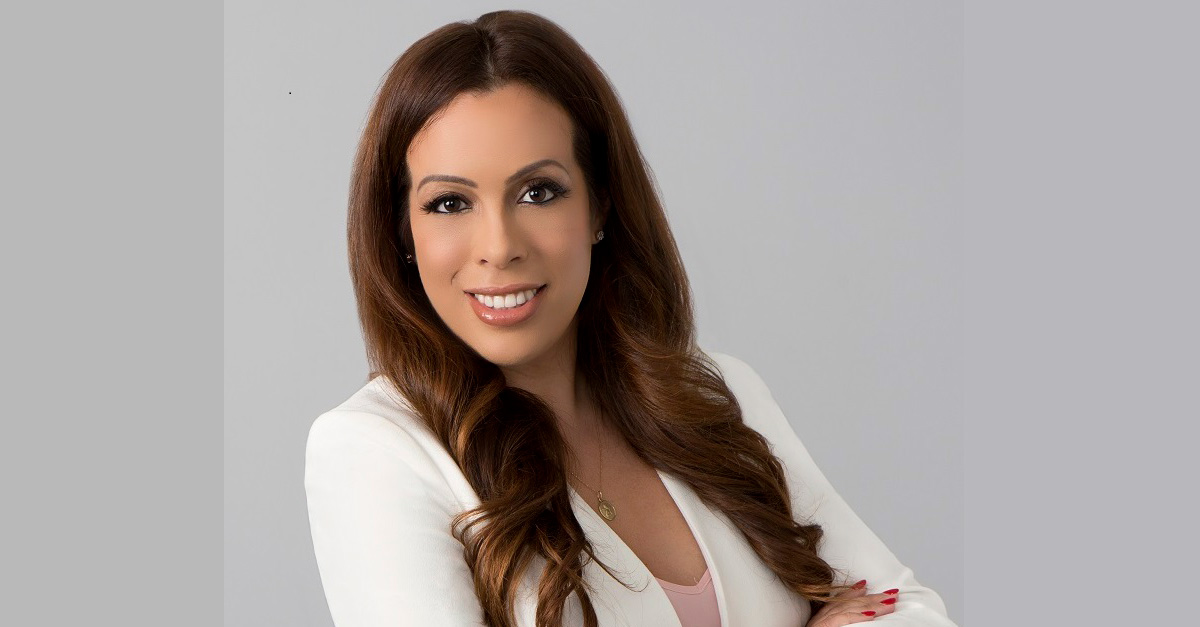Demystifying Insurance in the Real Estate Transaction
BY
Jen Battista, President of Operations and Insurance, Title - Settlement Services
.
May 30, 2023

I’ve made my career in the real estate industry: first, in mortgage and loan processing; next, as a real estate agent; and, today, as a leader in title and insurance services. As a homeowner myself, I also have the benefit of seeing the other side of the transaction and can understand why homebuyers and sellers might find the process overwhelming.
If you’ve felt confused about the insurance part of the home-buying process, you’re not alone. According to a 2022 survey by Forbes Advisor examining consumer awareness of homeowner’s insurance, “72% of homeowners don’t understand liability insurance. [And] when asked to identify what’s covered by home insurance, the survey found that many homeowners misunderstand what’s eligible for a claim.”
Let’s demystify four of the most common types of insurance in the homebuying process: mortgage, title, flood and homeowner’s insurance.
Mortgage insurance for conventional financing is typically required by lenders when a borrower puts less than 20% down on their home purchase. With costs determined by your loan amount, loan-to-value ratio (LTV) and credit score, it is designed to protect the lender in case the borrower defaults on their mortgage payments. Once the homebuyer reaches a loan-to-value ratio of 80% or less in monthly mortgage payments (or through a one-time upfront premium at closing) on their home, this insurance may no longer be required. Until then, the cost of your coverage is built into your monthly mortgage payments.
Title insurance, on the other hand, is a one-time premium paid at the time of purchase, providing coverage for as long as the buyer or their heirs have an interest in the property. As the new owner of the home, it protects you against potential title defects or encumbrances that may arise from the previous owner, such as unresolved liens, unpaid taxes or undisclosed ownership claims. If a home purchase is being financed, the mortgage lender will require the purchaser secure a lender’s policy. The lender’s policy does not protect the owner, so many real estate pros will recommend the owner’s policy to their clients, to protect their ownership rights and financial interests.
Flood insurance is a yearly recurring payment that provides coverage for physical damages to your property and its contents related to a flood event, and shields homeowners from potential financial losses. In many areas, flood insurance may be optional; however, if the property is located in certain FEMA-designated flood zones, flood insurance will be required as a condition of a mortgage loan. The basic homeowner’s policy will not cover for some of the routine losses that occur, the biggest example is damage from water, which could be the result of a flood. The policy needs to be renewed each year to remain active.
Homeowner’s insurance is a yearly recurring payment that provides coverage for physical damage to your property and its contents. It can protect against risks such as fire, injuries and accidents, and shields homeowners from potential financial losses. Homeowner’s insurance will be required as a condition of a mortgage loan and the mortgage lender will require the policy cover certain risk and coverage amounts. This policy will also need to be renewed each year to remain active.
So, what level of homeowner’s insurance coverage do you really need? Here are a few things to consider:
1. The type of property. For example, a single-family home will have different insurance needs than a commercial or a multi-family property. Additionally, properties within a Homeowners Association may have special requirements.
2. The location and value of your property. Is your property close to a fire station or a body of water? Is it in a flood zone or a region known for extreme weather conditions? These will be factored into your insurance coverage level. Coverage may also vary based on the year the property was built, whether there is a pool or trampoline on the premises, if it has unique or custom-built characteristics, or if it is a primary residence or a rental property. An assessment should be done, to determine the proper value of the property, in the event you need to rebuild. You can add coverage for replacement of valuables or major appliance loss, as well.
3. Balance the level of coverage with your budget. It’s crucial to ensure you can comfortably afford the premium and maintain the insurance coverage over the long term. I recommend discussing your budget and needs with your licensed insurance agent, broker or independent agency representative. Request multiple quotes to compare cost and coverage options, and ask about discounts, as some companies will offer them if you bundle coverage.
Once you’ve determined your plan for insurance coverage, review it annually to make sure it continues to meet your needs. Remember, if your rates go up you can always shop around for a new policy!
Bottom line: the time you invest in preparing and protecting against an emergency is always time well spent.

About Jen Battista
Jen Battista is President of Anywhere Insurance Agency, REALTech Title and Relocation at Anywhere Integrated Services. Working across the mortgage, title and real estate sectors throughout her 28 years with the company, Jen has driven impressive growth and championed digital closing and remote online notarization capabilities within her businesses.







